
News
3 mins
Launch of Folks 2.0: New Platform, New Brand & Integrated Payroll

Case studies
5 mins
How Beaudoin Construction Transformed Its HR Management with Folks

Stories
3 mins
Managing Employee Vacations: Tips & Interactive Checklist

Stories
7 mins
10 Offboarding Statistics You Need to Know in 2025

Stories
7 mins
Essential Employee Performance Management Statistics in 2025

Stories
7 mins
8 Best HR Software for SMBs in 2025

Stories
6 mins
45+ Recruitment Statistics You Need to Know in 2025

Stories
6 mins
Quiet Firing: What It Is and How to Prevent It

Stories
7 mins
8 Talent Acquisition Trends for Better Hires in 2025

Stories
6 mins
5 Best Recruitment Software in Canada in 2025

Stories
8 mins
How to Harness Employee Advocacy to Enhance Employer Branding

Stories
5 mins
21 Onboarding Survey Questions You Should Ask Your New Hires

Stories
9 mins
Employee Well-Being: 70 Ideas to Improve It In Your Company

Stories
10 mins
How to Write a Great Job Description (With Examples)

Stories
13 mins
30 Employee Onboarding Statistics for 2025

Stories
7 mins
6 HR Marketing Trends You Need to Know in 2025

Stories
9 mins
Complete Guide to Understand and Improve Employee Experience

Stories
6 mins
Employee Turnover Statistics You Need to Know in 2025

News
2 mins
Announcement: Release of Folks’ 2.0 Mobile Application

Stories
8 mins
Workplace Flexibility: Strategies and Trends in 2025

Stories
6 mins
How to Create an Employee Training Plan (With Examples)

Stories
8 mins
10 HR Trends You Need to Look Out For in 2025

Stories
4 mins
Employee Benefits: How to Build Effective Benefit Programs

Stories
3 mins
Resignation Letter Example + Tips to Write Your Own

Stories
5 mins
50 Teamwork Quotes to Motivate Your Coworkers

Stories
5 mins
Workplace Dress Code Policy: Key Factors to Consider
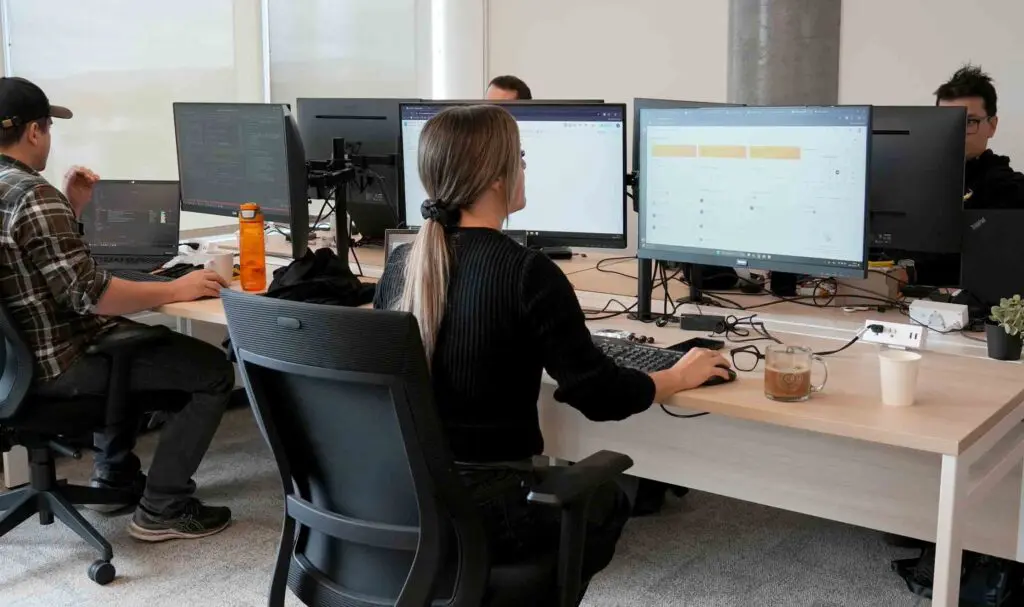
News
5 mins
The Best of Folks in 2024 and What’s in Store for 2025

Stories
7 mins
40 Employee Engagement Survey Questions You Should Ask

Stories
8 mins
Return-to-office Mandates & Policies: What You Need to Know

Stories
6 mins
Professional Skills: a Complete Guide for Employers

Stories
3 mins
Job Offer Letter Template & Frequently Asked Questions

News
2 mins
Folks Obtains Soc 2 Type 2 Compliance Certification

Stories
6 mins
Employee Productivity and Happiness: The Impact of Technology

Stories
8 mins
How to Build a Strong Company Culture In a Remote Work Environment

Stories
8 mins
40 Interview Questions + Tips to Optimize Interview Processes

Stories
7 mins
How to Effectively Structure Your Job Interviews

Stories
2 mins
How to Write an Employment Verification Letter + Free Template

Stories
7 mins
Recruitment Process: Key Steps & How to Optimize Your Strategy

Stories
7 mins
Employee Offboarding Checklist & Tips to Manage Departures

Stories
7 mins
Top 5 Workplace Issues Emerging From AI and Automation

Stories
7 mins
Free Employee Performance Evaluation Template + Tips

Stories
11 mins
AI in HR: Streamlining Recruitment and Talent Management

Stories
11 mins
Top 11 Qualities of a Successful Team & How to Build One

Stories
5 mins
Organizational Flexibility: Definition and Strategies

Stories
6 mins
HR Reporting and Analytics: How to Get Started & Choose KPIs

Stories
7 mins
What Is Quiet Hiring and Should You Do It in 2025?
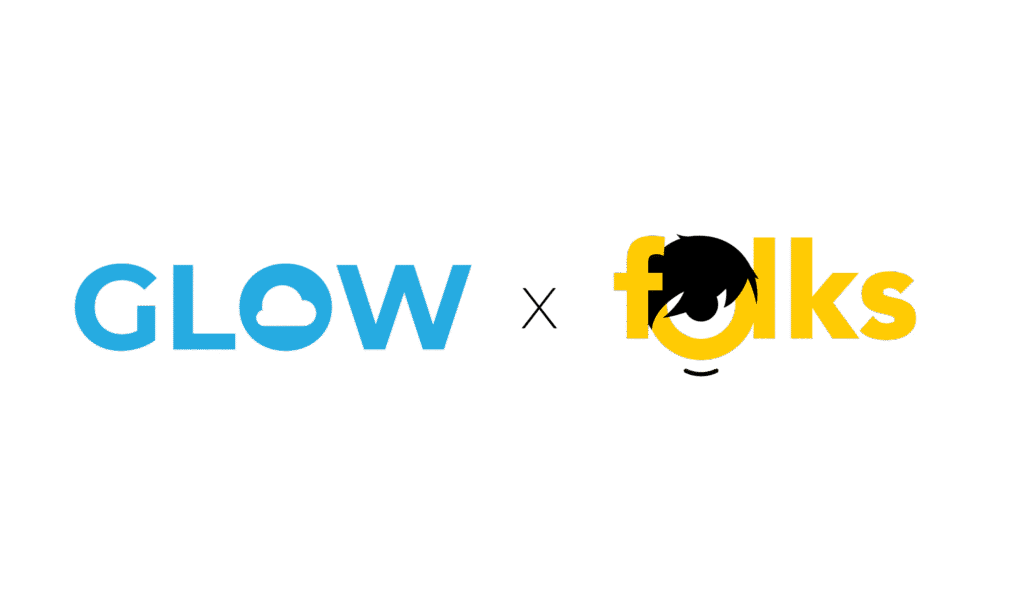
News
2 mins
Folks Acquires Glow Talents & Strengthens Its HR Solutions Offering

Stories
7 mins
How Company Culture Impacts Organizational Performance

Stories
9 mins
Exit Interviews Questions and Best Practices

Stories
7 mins
HR Software: Benefits & Tips to Make the Right Choice

News
7 mins
9 Main Challenges of Remote Workforce Management

Stories
8 mins
Employee Absence Management: Strategies & Tools You Should Use

Stories
7 mins
Probation Reviews: Free Template + Tips to Conduct Them

Stories
12 mins
How the 4-Day Workweek is Changing the Future of Work

Stories
6 mins
What Are the 4 Phases of Employee Onboarding?

Stories
3 mins
Free Excel & Google Sheet Employee Vacation Planning Template
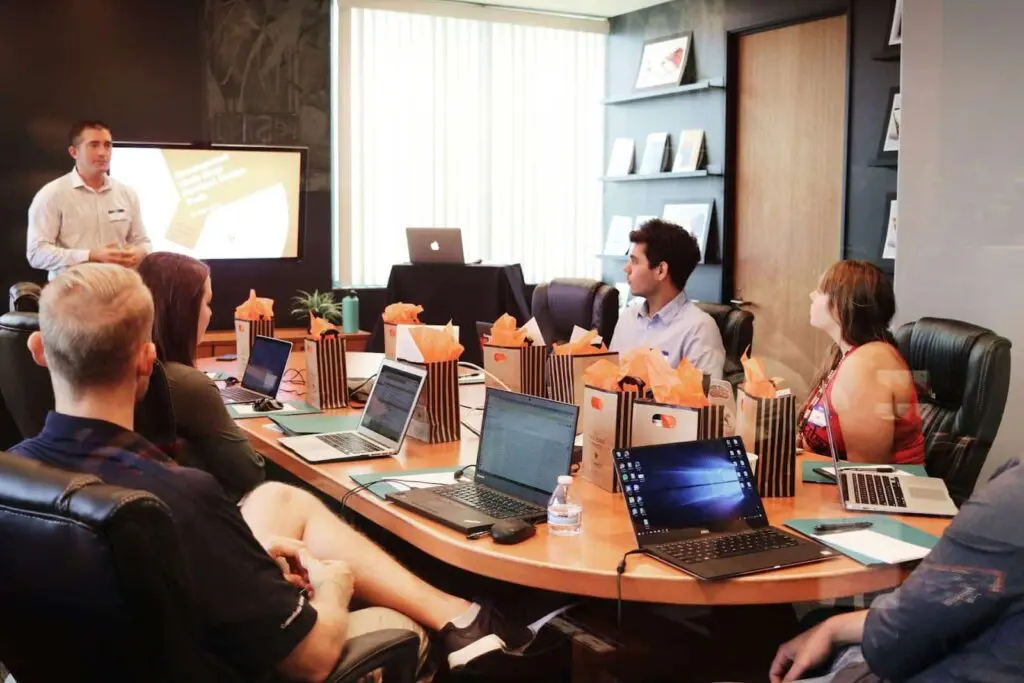
Stories
8 mins
Unlocking the Power of HR Networking: Strategies for Success

Stories
9 mins
The Ultimate Employee Onboarding Guide (in 8 Easy Steps)

Stories
5 mins
Employment Contract Template + Tips to Write Work Contracts

Stories
7 mins
How to Build Your Own Employee Onboarding Plan (+ Example)

Stories
11 mins
The Pros and Cons of Different Performance Appraisal Methods
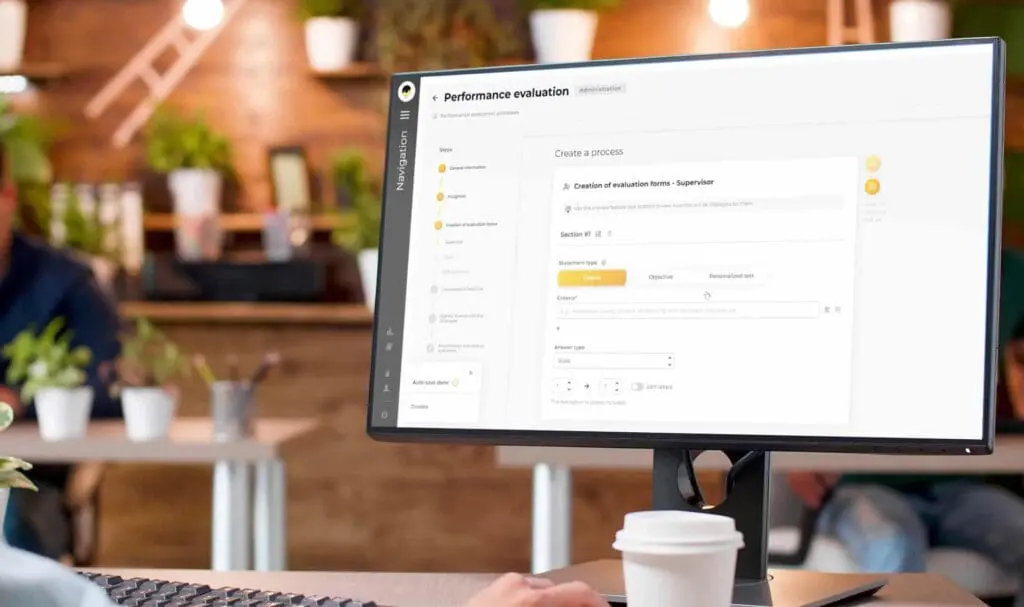
Stories
7 mins
7 Staff Management Software Solutions for Canadian Companies

Stories
12 mins
Complete Guide to HR KPIs in 2025

Stories
12 mins
The Ultimate Guide to ChatGPT for HR

Stories
7 mins
Complete Guide to Applicant Tracking Systems (ATS)

Stories
9 mins
What Is HR Transformation and How to Achieve It

Stories
7 mins
Retain Your Top Talent With Upskilling: Are You Missing Out On This Strategy?

Stories
5 mins
Employee Vacation Management: Tips and Software Solutions

Stories
9 mins
8 Best Business Management Software in Canada

Stories
7 mins
HR Strategies: Definition, Examples and Essential Steps

Stories
6 mins
45 + Culture Fit Interview Questions You Should Ask Candidates

Stories
8 mins
Talent Management System: Definition & How to Choose One

Stories
9 mins
5 Ways to Use QR Codes for Employee Onboarding and Training

Stories
7 mins
Talent Management: What It Is and Strategies to Get Started

Stories
7 mins
Balancing Recognition and Accountability: Leadership in Action

Stories
12 mins
5 Termination Letter Templates (+ Tips to Handle Dismissals)

Stories
12 mins
30+ Employee Retention Statistics You Need to Know

Stories
11 mins
What’s an HRIS: Definition and Top Features

Stories
7 mins
Performance Review Tips for Managers: Dos and Don’ts

Stories
8 mins
How to Avoid Remote Work Burnout: Balancing Work and Life

Stories
7 mins
Offboarding Document Templates for Departing Employees

Stories
4 mins
Top 17 Funniest HR Memes

Stories
7 mins
8 Proven Practical Tips to Overcome Workplace Issues

Stories
7 mins
How to Keep Your Team Motivated Remotely (10 Strategies)

Stories
7 mins
Best Affordable Nonprofit Software for 2024

Stories
12 mins
Employee Performance Management: All You Need to Know

News
4 mins
Folks Announces $4.5M in Funding to Optimize Its HR Solution

Stories
7 mins
7 Effective Tips to Improve Workplace Communication

Stories
12 mins
How to Write a Self-Performance Review (With Examples)

Stories
6 mins
5 Ways to Manage Employee Overtime Effectively

Stories
8 mins
How to Integrate AI in HR: Transforming the Workplace

Stories
8 mins
What Is a Stay Interview and How to Make One

Stories
6 mins
14 Tips for Evaluating Performance in Hybrid Offices

Stories
6 mins
7 Strategies to Champion High Morale in a Hybrid Work Environment

Stories
7 mins
40 Constructive Feedback Examples (and Practical Tips)

News
3 mins
Folks Proves Its Commitment to Security by Obtaining SOC 2 Type 1 Compliance Certification

Stories
6 mins
10 Benefits of an Effective Onboarding Process

Stories
7 mins
Performance Management and Remote Work: Challenges & Tips

Stories
7 mins
10 Great (and Free) Employee Recognition Ideas

Stories
16 mins
10 Employee Onboarding Emails to Save You Time

Stories
10 mins
10 Recruiting Emails You Should Send to Candidates

Stories
7 mins
8 Tips for Managing Remote Employees in 2025

Stories
5 mins
How to Organize the Best Corporate Farewell Party

Stories
6 mins
A Comprehensive Guide to Overcoming Remote Team Management Obstacles

Stories
7 mins
50+ Best HR Quotes to Improve Your People Management

News
2 mins
Jimmy Plante Becomes CEO of Folks

Stories
6 mins
How HRIS Can Help Prevent Quiet Quitting in Your Company

Stories
6 mins
Why Employee Training is Crucial in Ensuring a Safe Workplace

Stories
8 mins
How to Create a Healthy Feedback Culture in Your Company

Stories
4 mins
Return on Investment on HR Software: What You Need to Know
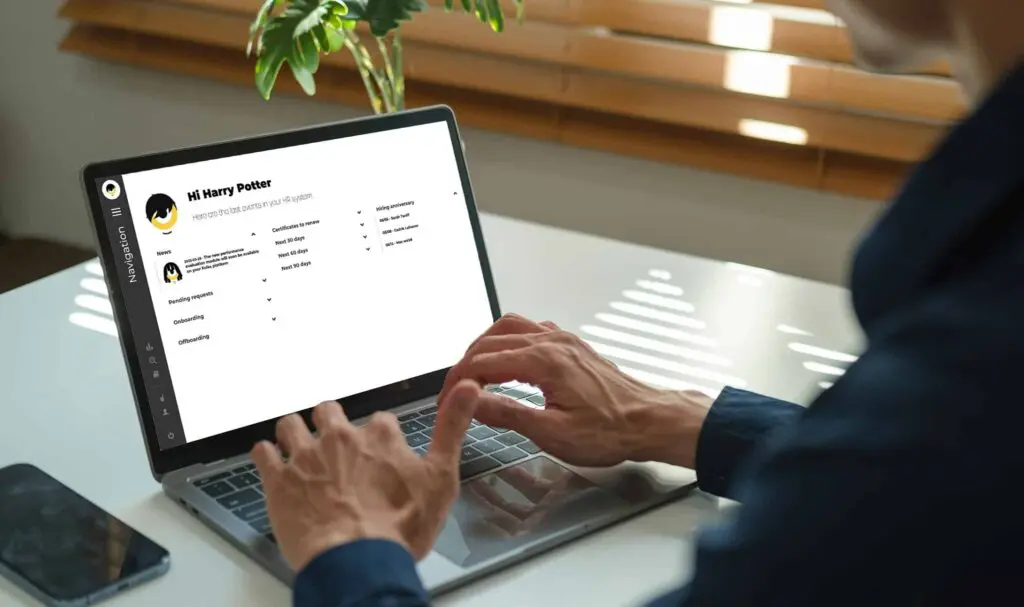
Stories
5 mins
Folks HR, Best Canadian Alternative to BambooHR

Stories
5 mins
The Future of Recruiting: How AI Will Change the Hiring Process

Stories
6 mins
9 Benefits of HR and Payroll Software Integration

Stories
7 mins
22 Team Building Activities for Happier Employees

Stories
6 mins
4 Ways Engagement Surveys Increase Employee Retention

Stories
8 mins
30 Employee Onboarding Phrases You Should Use

Stories
5 mins
How to Set SMART Performance Goals for Your Team

Stories
6 mins
360-Degree Feedback Examples for Performance Reviews

Stories
6 mins
5 Effective Employee Recognition Strategies

Stories
7 mins
Top 5 Job Seekers’ Expectations in 2025

Stories
8 mins
50 Employee Recognition Phrases You Should Use

Stories
8 mins
18 Signs You Need HR Software

Stories
5 mins
Key HR Stats and What it Means for 2025

Stories
6 mins
Managing Workplace Diversity (A Strategy Guide)

Stories
7 mins
Our 5 Favorite Employee Offboarding Emails

Stories
5 mins
Retraining, Reskilling, Upskilling: Definition, Tips & Benefits

Stories
6 mins
Designing a Winning E-Learning Course for Onboarding

Stories
5 mins
Employee Onboarding Documents You Must Have

Stories
8 mins
How Workation Helped Me Avoid Burnout

Stories
11 mins
18 HR Myths and Stereotypes (and How to Debunk Them)

Stories
7 mins
Holiday Gift Ideas for Happier Employees

Stories
8 mins
Performance Management Challenges in 2025 (+ Solutions)
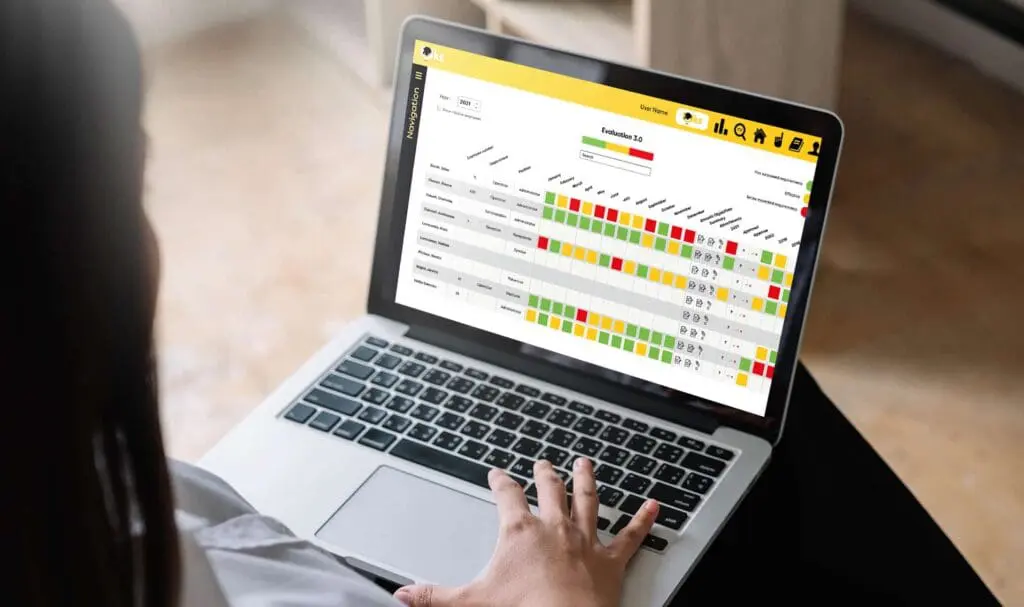
Stories
4 mins
Best Tools to Optimize Your Performance Management

Stories
7 mins
8 Key Points to Address During Employee Performance Reviews

Stories
8 mins
How to Prepare for Your Employee Performance Reviews

Stories
7 mins
Top HR Horror Stories (and How to Overcome Your HR Fears)

Stories
8 mins
How to Organize the Best Corporate Halloween Party

Stories
4 mins
4 HR Reports Every SMB Needs
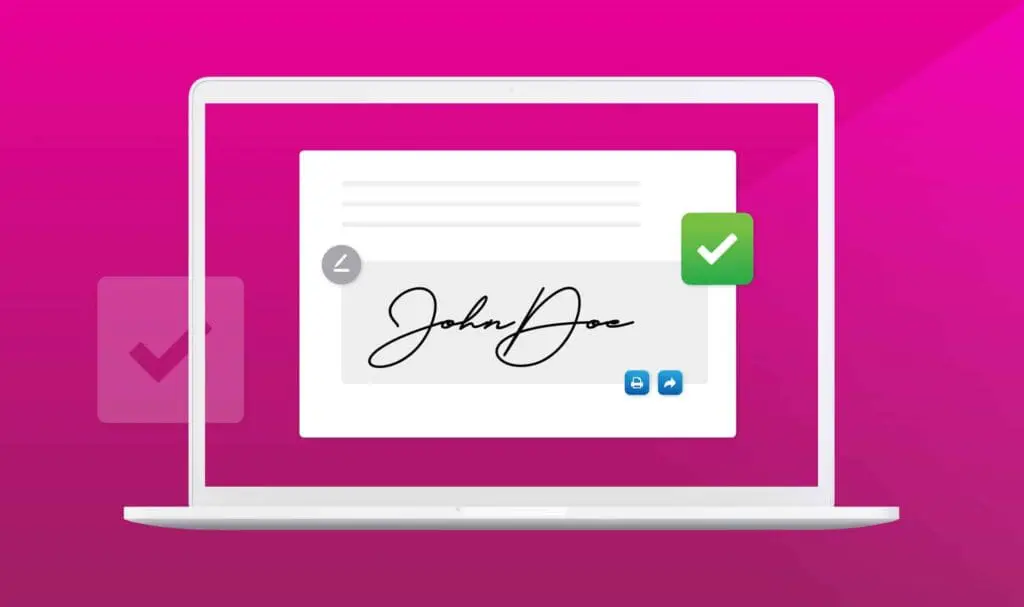
News
2 mins
Software News: Integration of E-signatures in Folks HR

Stories
6 mins
What Are E-signatures and Why You Should Make the Switch

Stories
8 mins
Tips to Motivate Employees When They Return From Vacation

Stories
5 mins
Top HR Strategies for Business Growth

Stories
8 mins
5 Ways to Boost Employee Engagement Using Technology

Stories
7 mins
Do Your Employees Contribute to Knowledge Management?

Stories
7 mins
How to Get Started with DEI in the Workplace

Stories
6 mins
Must-Have Tools for Remote Work

Stories
5 mins
HR Software Requirements Checklist

Stories
9 mins
7 Useful Tips for Effective Team Management in 2023

Stories
7 mins
50 Performance Review Phrases (Strengths and Weaknesses)

Stories
6 mins
Why You Should Consider an HRIS for Your Nonprofit
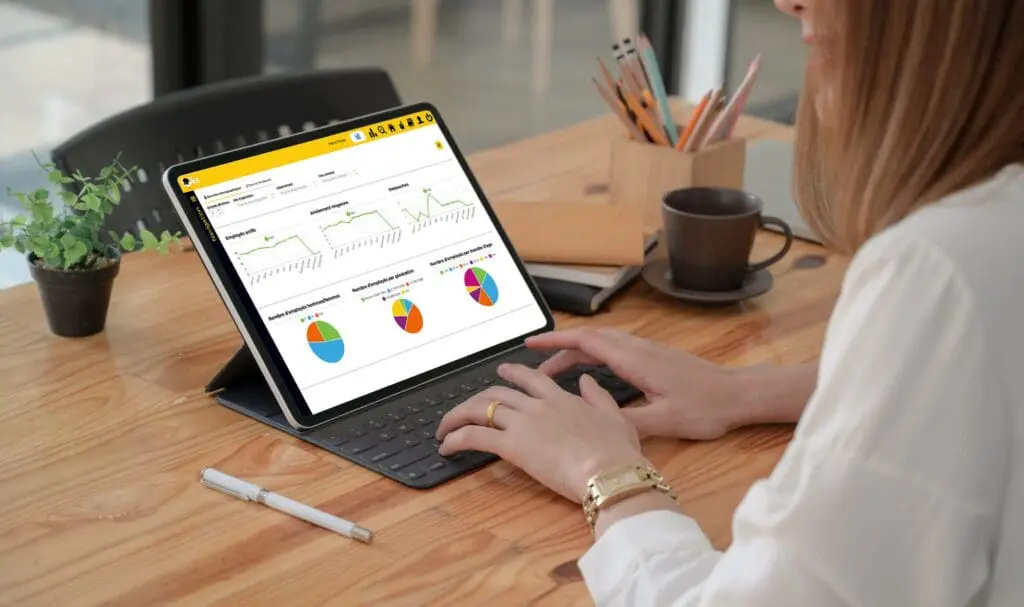
Stories
7 mins
5 Steps to Strategic HR Management

Stories
7 mins
How to Convince Your Boss You Need an HRIS

Stories
5 mins
Top 4 HR Challenges For Nonprofits

Stories
8 mins
2023 SEO Strategies For Recruiting and Marketing

Stories
5 mins
How to Measure Employee Engagement in the Workplace

Stories
9 mins
5 Key Features of an HRMS

Stories
6 mins
Sharing Constructive Feedback With Employees : Tips & Tricks

Stories
6 mins
How to Organize the Best Virtual Christmas Party Ever

Stories
6 mins
Managing Employee Absences with Workforce Management Software

Stories
7 mins
5 Original Onboarding Ideas for Your New Hires (+ Checklist)

Case studies
6 mins
Choosing the Best HRIS for Your SMB: The Innovitech Case

Stories
9 mins
Successful Onboarding For Remote Employees: Best Practices

Stories
6 mins
Beyond Benefits: Strategies to Increase Employee Retention

Stories
6 mins
Best Practices for your Employee Engagement Surveys

Stories
6 mins
Are You Making the Most of Your Employee Performance Review?

Case studies
4 mins
How an HR Software Helped an SMB Save $175,000 in One Year
You saw 15 resources sur 165
